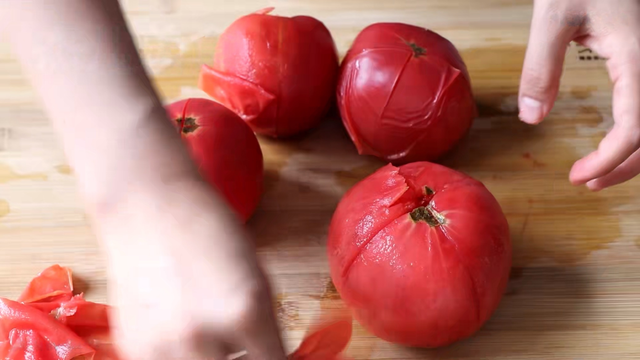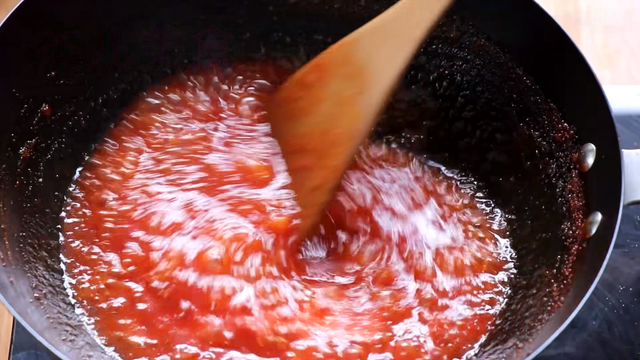Homemade Ginger Chili Ketchup
Tomato sauce is the kitchen's “all-purpose champion”—perfect for noodle stir-fries, dipping fries, pizza bases, and enhancing stewed meats. With just a few simple steps, you can make additive-free, richly sweet-and-sour tomato sauce bursting with fruity flavor right at home. Make extra batches, portion them out, and freeze them for hassle-free use anytime! Today, we'll walk you through making the “perfect homemade tomato sauce.”
I. Prep Work: Choosing the Right Ingredients is Half the Battle
- Key Ingredient: Fresh, Ripe Tomatoes
The flavor of tomato sauce hinges entirely on tomato quality. Prioritize tomatoes with smooth skin, deep red color, and medium firmness when squeezed (overly firm tomatoes are sour and tart, while overly soft ones break down easily but yield less sauce).
Sugar: Balances natural acidity (5%-10% of tomato weight; increase to 15% for sweeter taste).
Salt: Enhances umami and balances flavor (about 0.5%-1% of tomato weight; a pinch suffices).
Lemon juice/white vinegar: Natural preservative (add 1/2 teaspoon per 500g tomatoes to extend shelf life).
II.Detailed Steps: The Complete Process from Cleaning to Bottling
Tomato skins can affect texture (tending to become tough when cooked), so peeling them beforehand is recommended.We recommend blanching tomatoes in boiling water:
Score a cross on the top of each tomato.

Place them in boiling water for 10-15 seconds (remove immediately once the skin starts to peel back slightly). The skins will peel off easily.
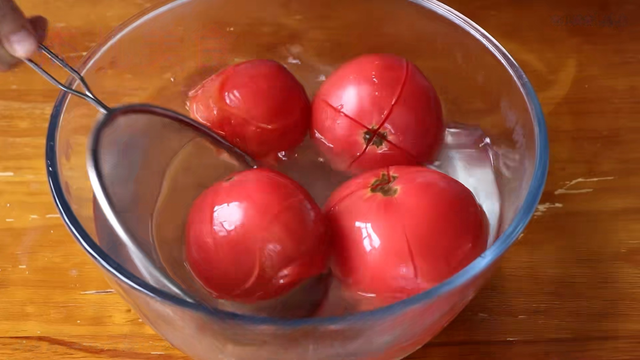
Cut the tomato into four pieces and remove the green, hard top.
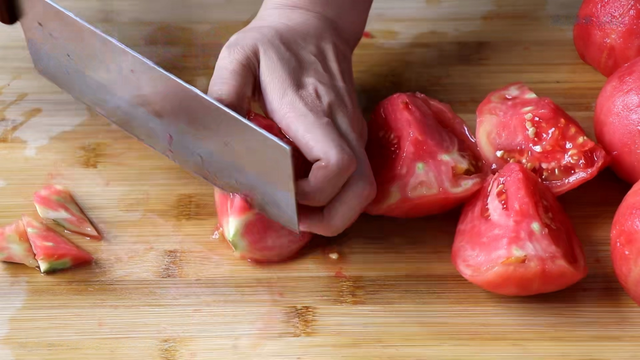
Place the tomato chunks into the blender and puree them.
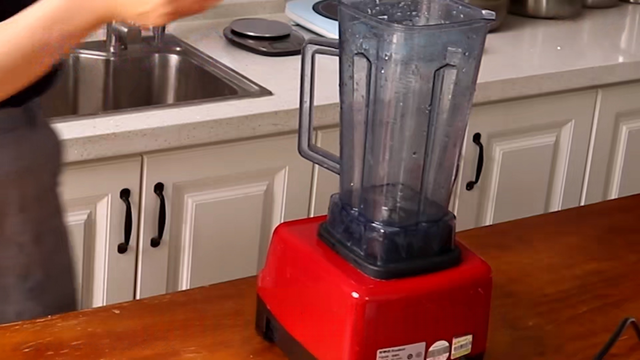
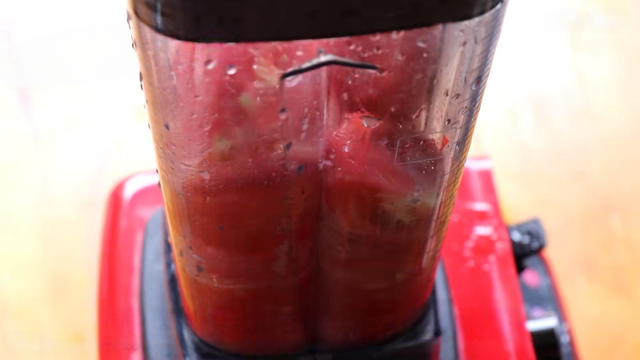
Add the diced tomatoes to the pot and stir-fry over medium heat until they release their juices (about 5 minutes, until the flesh softens and releases a significant amount of liquid). Reduce the heat to low and simmer, stirring constantly to prevent sticking.
When the tomato sauce thickens, deepens in color (to a deep orange-red), and forms a slow-flowing paste when scooped with a spoon (dripping slowly and spreading out), it indicates most of the moisture has evaporated. This process takes about 20-30 minutes (exact time depends on the amount of tomatoes and heat level).
Once the tomato sauce reaches the desired consistency, add ingredients as needed:
Basic Version: Add 1/2 teaspoon salt + 1 teaspoon sugar (adjust to taste—add sugar if too sour, salt if too bland).
Preservative Version: Add 1/2 teaspoon lemon juice or white vinegar (enhances acidity to inhibit bacteria and extend shelf life).
III. Storage and Usage: The Key to Locking in Freshness
- Short-term storage (3-5 days): Store in a clean, oil-free, moisture-free glass bowl or airtight container in the refrigerator (unfinished tomato sauce is prone to mold growth; consume promptly).
- Long-Term Storage (1-3 months): Must use sterilized, airtight containers (glass jars are best). Before filling, sterilize jars by boiling them in water for 5 minutes. Let them dry completely, then pour in the hot tomato sauce (the heat kills bacteria and reduces spoilage risk). Immediately screw on the lid and invert the jar to cool (creating a vacuum seal). Refrigerate and consume within 1 month.
- Extended Storage (Over 6 Months): Follow canning sterilization methods—place filled glass jars in boiling water for 15-20 minutes (ensure water fully covers lids). Remove, dry thoroughly, then refrigerate. This method requires absolutely no oil or moisture in the jars, as contamination may cause explosions.
